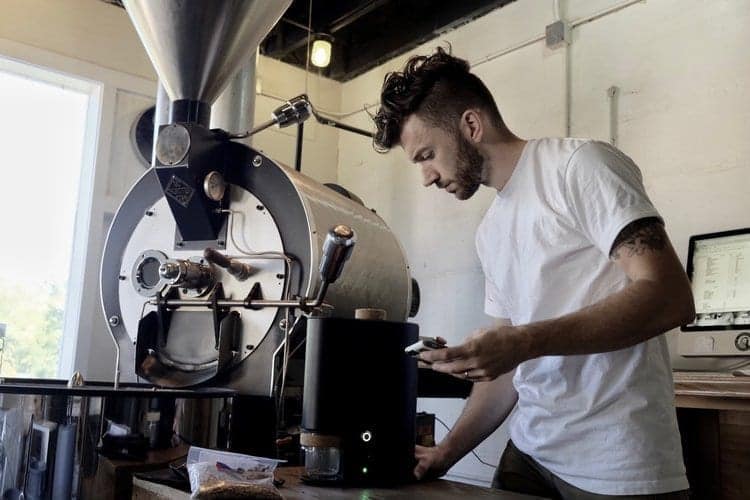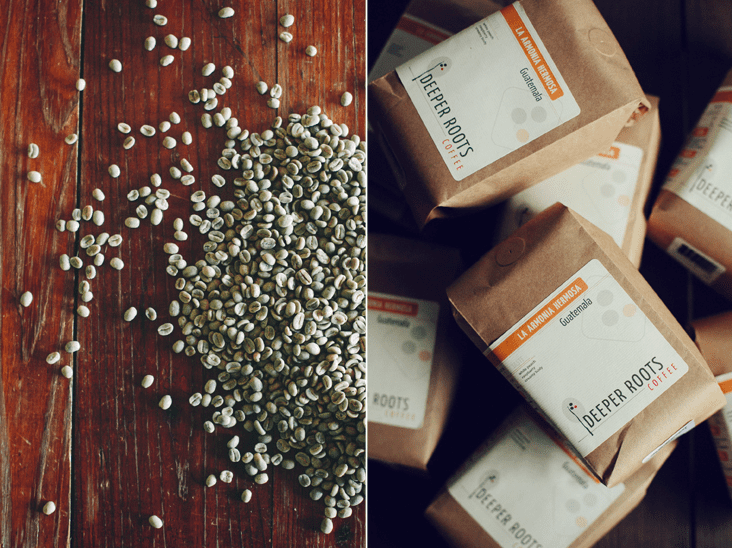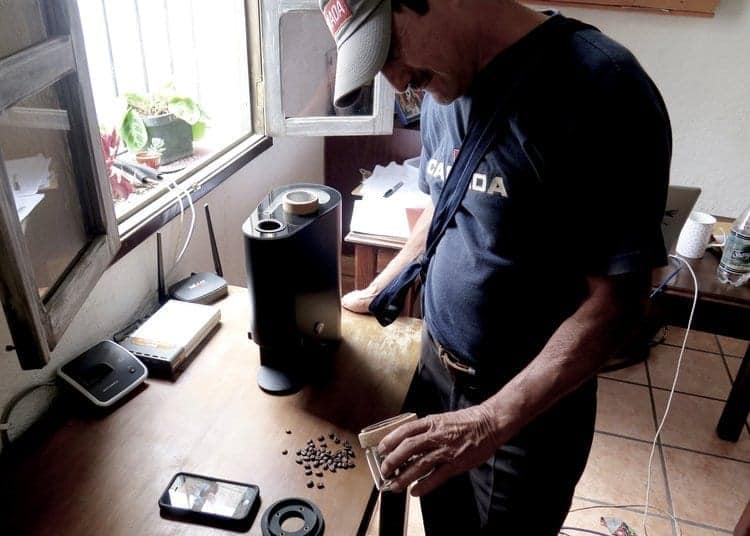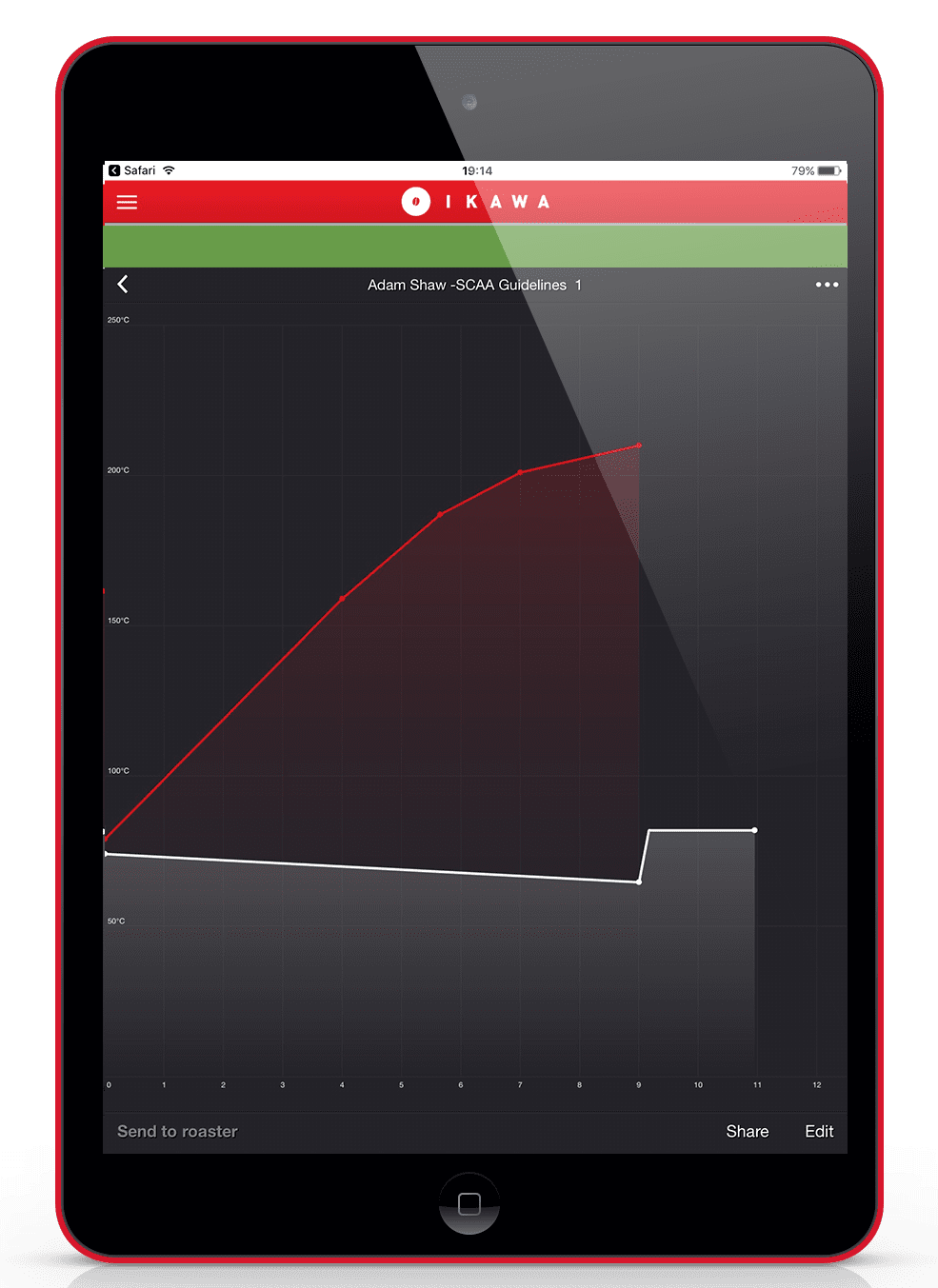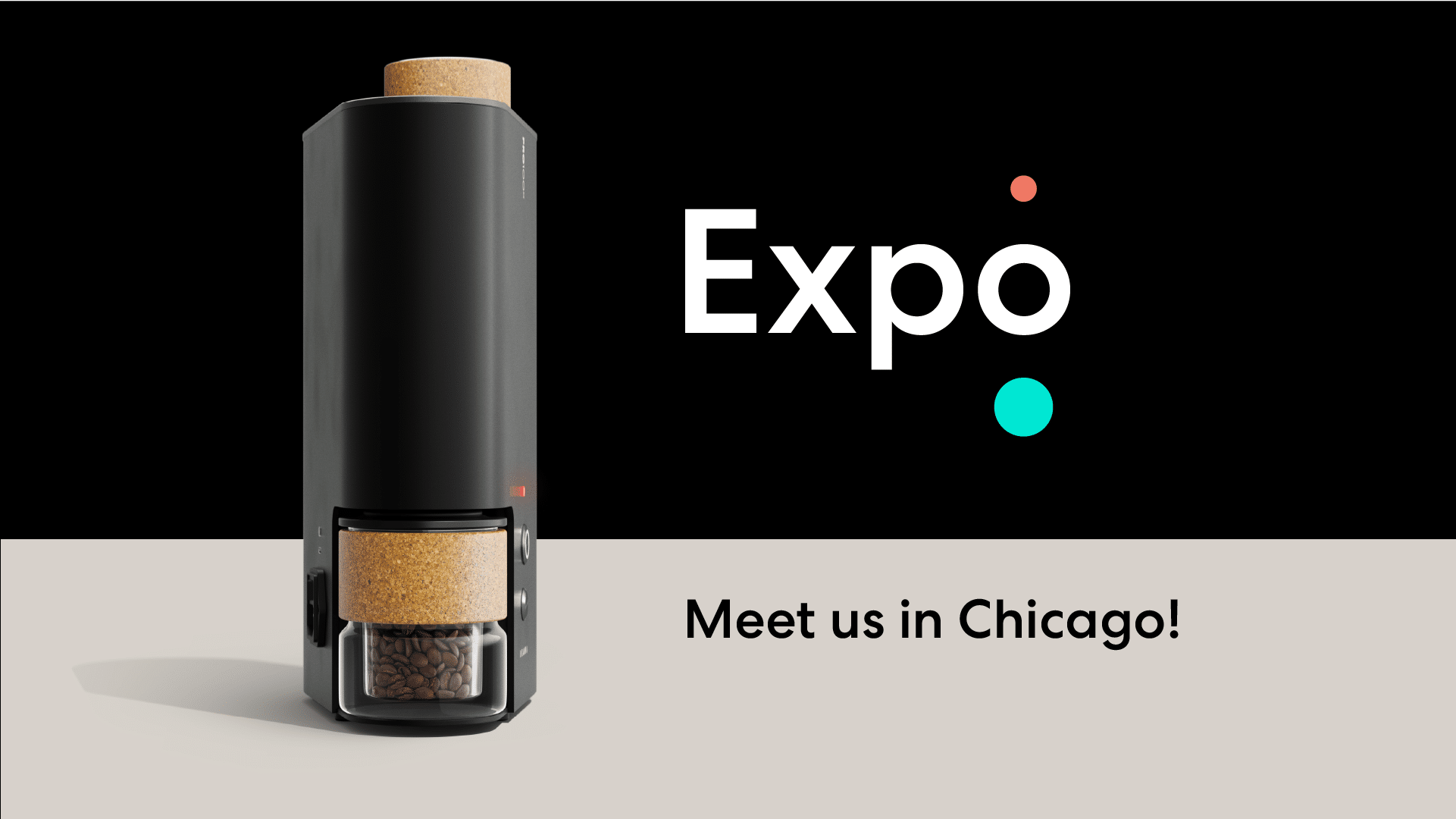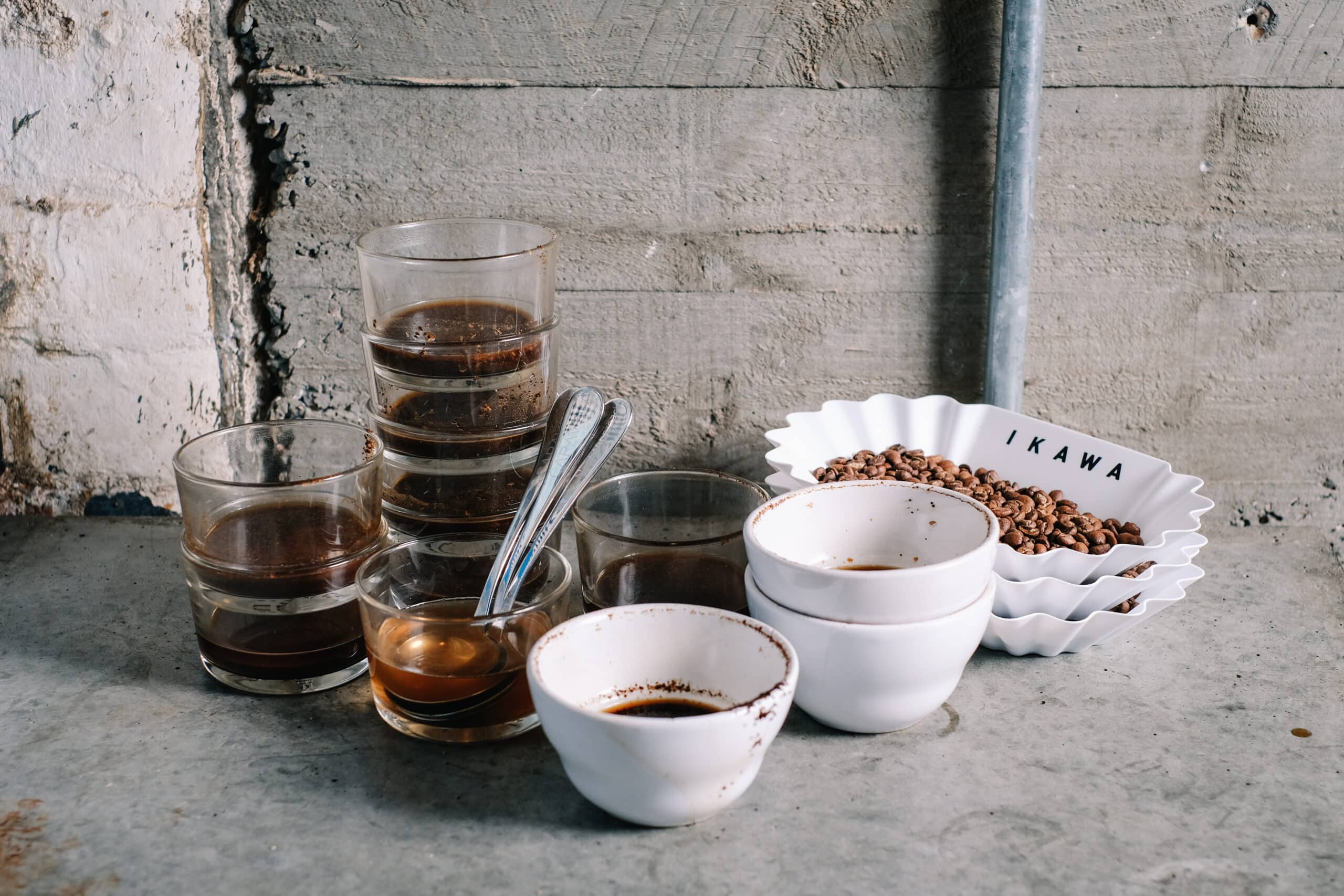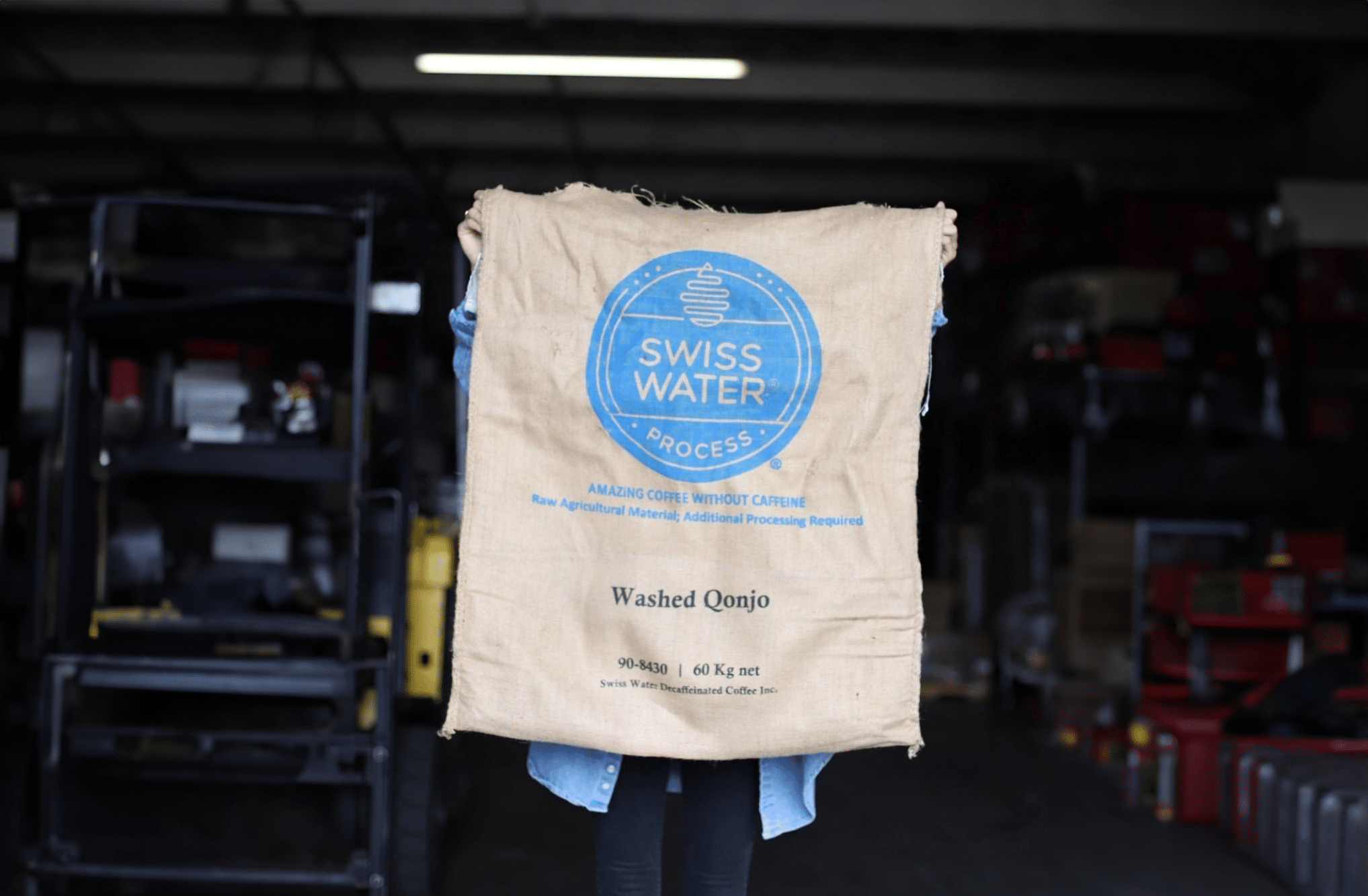Adam Shaw is one of the four founders of Deeper Roots, a specialty roasting company based in Ohio which keeps two values close to its heart: great quality coffee and community development with farmers & cooperatives.
We met Adam at SCAA Atlanta after he tried Keith Pech’s IKAWA Pro Sample Roaster and could see how this could help Deeper Roots operations improve their sample evaluation process- as well as that of their producer partners.
Deeper Roots now have two Pro Sample Roasters; one for their roastery in Cincinnati and one in Guatemala that’s used by the team at De La Gente.
Adam developed a fantastic roast profile for the washed Guatemalan coffee they buy from partners De La Gente, which he was kind enough to share with us. It’s quickly become one of our most used ‘start points’ for washed Arabica (particularly from Central America) so we thought it would be excellent to share more of the story behind Deeper Roots, and the theory behind Adam’s roast profile.

